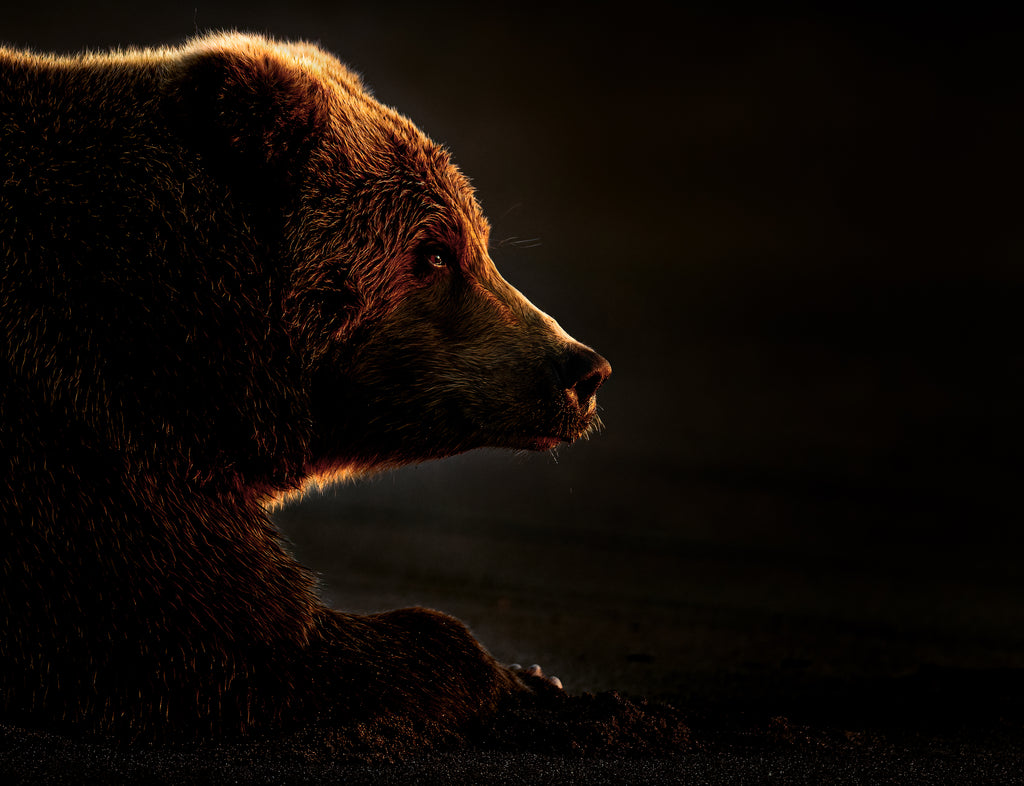
Awards Season
 My most awarded image to date and a Top 250 image in this year's NANPA showcase.
My most awarded image to date and a Top 250 image in this year's NANPA showcase.
It is contest time. Most of the larger International Wildlife Photographer contests seem to be in the fall with some major ones Share the View, WildArt Photographer of the Year portfolio, and the Natural History Museum's prestigious Wildlife Photographer of the Year all having deadlines next week.
Contests take a lot of work to enter. Yes, you can simply pick what you believe are your best images and enter them, but most contests cost money to enter. I think you need to be somewhat strategic about the contest you enter and what images you enter in each contest.
 While a Top100 image in WildArt Photographer of the Year category of space this image would not do well in NANPA
While a Top100 image in WildArt Photographer of the Year category of space this image would not do well in NANPA
I recommend first understanding what type of images work best for each contest. From my observation Wildlife Photographer of the Year tends to favour those elusive animals not the fox in your backyard or the whitetail deer in the field. The images usually strongly focus on behaviours or habitats and not portraits of animals. Take a look at the North American Nature Photographer Association (NANPA) showcase awards and a very different style of photo is favoured, ones with clean backgrounds and backlit photos always do well and portraits can place in this contest also but not so much habitat photos. (Note I am referring to the mammal section in all these contests).
 There are judges I know that like the creamy backgrounds like in this Top50 image
There are judges I know that like the creamy backgrounds like in this Top50 image
So now you have a sense of the types of images that would do well in each contest, but what is going to jump to the top of the 1000s of images the judges review. This is where you got to know the judges. Take the time to review their work, what is their style, and what types of mammals they photograph mostly. You need to spend your time doing some homework before you submit to contests or you are mostly just wasting your time and money.
 NANPA 2023 Showcase Top 250 and Nature Canada Top50 2022
NANPA 2023 Showcase Top 250 and Nature Canada Top50 2022
Next is image prep, read the rules carefully about what is allowed and what is not allowed. If you do make it to the stage when a high-resolution photo is required does your image meet the standard, for example, sometimes they want a minimum of 3000 pixels on the short end. Make sure you do not over edit, you want the images to look natural not overly saturated or overly sharpened to a point the subject does not look natural, but you also want to edit in a manner that draws the viewer's eye. Then there is the caption, what story are you telling? The judges can see it is a fox with a weasel in its mouth but why was it challenging to get the photo, did you wait for hours or lay in a position where you had a leg cramp, did you watch this fox hunt and miss for hours to finally be triumphant? If the judges are trying to make a selection between your image and someone else's is your story going to connect with the judges?
 Semi-finalist Nature's Best
Semi-finalist Nature's Best
My last few bits of insight, if you believe in an image do not get discouraged if it does not do well in one competition or another. The judges are judging art and art is subjective. One of my images that placed in NANPA Top 250 this year did not make the cut last year, but I believed in it and resubmitted it under different judges this year and was successful. And, be willing to be brutally honest with yourself about your work, and take feedback. When I first started out I thought hey I had a fox photo too why didn't it place, to answer that question you have to really be willing to look critically at your work, what is winning and what are you submitting? In the beginning, I had no idea about light and it took me a while to figure that out. Initially, I mostly submitted portraits there are 1000s and 1000s of great fox portraits out there (or lions, bears, deer, leopards, etc), so what makes mine so special, the reality almost all the time is nothing, it is just another nice fox photo. So what will make a photo of a fox special, what will make it stand out? It is the behaviour or the encounter that you may never see or photograph again, those are your winners. BUT they are only winners if they have great light, the subject is sharp (most of the time anyways) and nothing is competing for the attention of your subject in the image. You learn by competing and being willing to critique your work against what wins. I encourage you to compete but enter wisely and take the time to study and learn what is winning under who and what contest, and be honest about your own work. Is it to the level that it can win and if not how do you improve it?
Happy contest season!
